Sludge, Odors & Biogas
Algae
Views : 4
Usually dispatched in 2 to 3 days
Usually dispatched in 2 to 3 days
Category:
Sludge, Odors & Biogas
Only logged in customers who have purchased this product may leave a review.
Related books
Activated Sludge Aeration Waste Heat for Membrane Evaporation of Desalination Brine Concentrate: A Bench Scale Collaborative Study
This study examines a potential membrane evaporation process to reduce brine concentrate volume at the San Antonio Water System’s (SAWS) 45.4 million liters per day (MLD) brackish water desalination facility in San Antonio, Texas, which is currently being constructed. This facility is a reverse osmosis (RO) process operating with 90% recovery by blending 37.9 MLD of permeate with 7.6 MLD of bypass water, producing 4.2 MLD of brine concentrate. The brine concentrate residuals are to be disposed of through deep-well injection. The deep-well injection process is anticipated to be expensive due to well-drilling costs and maintenance costs of operating at high injection pressures. Membrane evaporation systems are promising because they are compact systems and they can be used with low grade waste heat energy sources. This study investigates the potential of coupling membrane evaporation with waste heat generated from activated sludge aeration blowers.
Activated Sludge Aeration Waste Heat for Membrane Evaporation of Desalination Brine Concentrate: A Bench Scale Collaborative Study
This study examines a potential membrane evaporation process to reduce brine concentrate volume at the San Antonio Water System’s (SAWS) 45.4 million liters per day (MLD) brackish water desalination facility in San Antonio, Texas, which is currently being constructed. This facility is a reverse osmosis (RO) process operating with 90% recovery by blending 37.9 MLD of permeate with 7.6 MLD of bypass water, producing 4.2 MLD of brine concentrate. The brine concentrate residuals are to be disposed of through deep-well injection. The deep-well injection process is anticipated to be expensive due to well-drilling costs and maintenance costs of operating at high injection pressures. Membrane evaporation systems are promising because they are compact systems and they can be used with low grade waste heat energy sources. This study investigates the potential of coupling membrane evaporation with waste heat generated from activated sludge aeration blowers.
Drinking Water Treatment Plant Residuals Management Technical Report
INTRODUCTION
The U.S. Environmental Protection Agency (EPA) completed a review of discharges from water treatment plants (WTPs). The purpose of this report is to summarize the data collected during this review (principally covered in Sections 2, 3, 9, 10, and 11) and to serve as a technical resource to permit writers (primarily covered in Sections 4 through 8 and Sections 12 and 13). EPA selected the drinking water treatment (DWT) industry for a rulemaking as part of its 2004 Biennial Effluent Limitations and Guidelines Program planning process. EPA is not at this time continuing its effluent guidelines rulemaking for the DWT industry. In the 2004 Plan, EPA announced that it would begin development of a regulation to control the pollutants discharged from medium and large DWT plants. See 69 FR 53720 (September 2, 2004). Based on a preliminary study and on public comments, EPA was interested in the potential volume of discharges associated with drinking water facilities. The preliminary data were not conclusive, and the Agency proceeded with additional study and analysis of treatability, including an industry survey. After considering extensive information about the industry, its treatment residuals, wastewater treatment options, and discharge characteristics, and after considering other priorities, EPA has suspended work on this rulemaking.
Drinking Water Treatment Plant Residuals Management Technical Report
INTRODUCTION
The U.S. Environmental Protection Agency (EPA) completed a review of discharges from water treatment plants (WTPs). The purpose of this report is to summarize the data collected during this review (principally covered in Sections 2, 3, 9, 10, and 11) and to serve as a technical resource to permit writers (primarily covered in Sections 4 through 8 and Sections 12 and 13). EPA selected the drinking water treatment (DWT) industry for a rulemaking as part of its 2004 Biennial Effluent Limitations and Guidelines Program planning process. EPA is not at this time continuing its effluent guidelines rulemaking for the DWT industry. In the 2004 Plan, EPA announced that it would begin development of a regulation to control the pollutants discharged from medium and large DWT plants. See 69 FR 53720 (September 2, 2004). Based on a preliminary study and on public comments, EPA was interested in the potential volume of discharges associated with drinking water facilities. The preliminary data were not conclusive, and the Agency proceeded with additional study and analysis of treatability, including an industry survey. After considering extensive information about the industry, its treatment residuals, wastewater treatment options, and discharge characteristics, and after considering other priorities, EPA has suspended work on this rulemaking.
Global Atlas of Excreta, Wastewater Sludge, and Biosolids Management
It is crystal clear that, in addition to clean air, the well-being of our planet also requires that water, wastewater and the resulting biosolids (sludge) need to be managed more seriously, and in a focused, coordinated and cooperative manner. The idea for the creation of this Global Atlas of Excreta, Wastewater Sludge, and Biosolids Management originated at the IWA Biosolids Conference, “Moving Forward Wastewater Biosolids Sustainability: Technical, Managerial, and Public Synergy” held in Moncton, New Brunswick, Canada in June 2007. At this conference representatives of the International Water Association (IWA), Water Environmental Federation (WEF) and European Water Association (EWA) agreed that it would be very useful to produce a current edition of the “Global Atlas of Wastewater Sludge and Biosolids Use and Disposal” which had been published in 1996, with Peter Matthews being
the original editor.
Global Atlas of Excreta, Wastewater Sludge, and Biosolids Management
It is crystal clear that, in addition to clean air, the well-being of our planet also requires that water, wastewater and the resulting biosolids (sludge) need to be managed more seriously, and in a focused, coordinated and cooperative manner. The idea for the creation of this Global Atlas of Excreta, Wastewater Sludge, and Biosolids Management originated at the IWA Biosolids Conference, “Moving Forward Wastewater Biosolids Sustainability: Technical, Managerial, and Public Synergy” held in Moncton, New Brunswick, Canada in June 2007. At this conference representatives of the International Water Association (IWA), Water Environmental Federation (WEF) and European Water Association (EWA) agreed that it would be very useful to produce a current edition of the “Global Atlas of Wastewater Sludge and Biosolids Use and Disposal” which had been published in 1996, with Peter Matthews being
the original editor.
A Detailed Assessment of The Science and Technology of Odor Measurement
INTRODUCTION
Odors remain at the top of air pollution complaints to regulators and government bodies around the U.S. and internationally. Ambient air holds a mixture of chemicals from everyday activities of industrial and commercial enterprises.
A person’s olfactory sense, the sense of smell, gives a person the ability to detect the presence of some chemicals in the ambient air. Not all chemicals are odorants, but when they are, a person may be able to detect their presence. Therefore, an odor perceived by a person’s olfactory sense can be an early warning or may simply be a marker for the presence of air emissions from a facility. For whatever reason, it is a person’s sense of smell that can lead to a complaint. When facility odors affect air quality and cause citizen complaints, an investigation of those odors may require that specific odorants be measured and that odorous air be measured using standardized scientific methods. Point emission sources, area emission sources, and volume emission sources can be sampled and the samples sent to an odor laboratory for testing of odor parameters, such as odor concentration, odor intensity, odor persistence, and odor characterization. Odor can also be measured and quantified directly in the ambient air, at the property line and in the community, using standard field olfactometry practices, e.g. odor intensity referencing scales and field olfactometers.
A Detailed Assessment of The Science and Technology of Odor Measurement
INTRODUCTION
Odors remain at the top of air pollution complaints to regulators and government bodies around the U.S. and internationally. Ambient air holds a mixture of chemicals from everyday activities of industrial and commercial enterprises.
A person’s olfactory sense, the sense of smell, gives a person the ability to detect the presence of some chemicals in the ambient air. Not all chemicals are odorants, but when they are, a person may be able to detect their presence. Therefore, an odor perceived by a person’s olfactory sense can be an early warning or may simply be a marker for the presence of air emissions from a facility. For whatever reason, it is a person’s sense of smell that can lead to a complaint. When facility odors affect air quality and cause citizen complaints, an investigation of those odors may require that specific odorants be measured and that odorous air be measured using standardized scientific methods. Point emission sources, area emission sources, and volume emission sources can be sampled and the samples sent to an odor laboratory for testing of odor parameters, such as odor concentration, odor intensity, odor persistence, and odor characterization. Odor can also be measured and quantified directly in the ambient air, at the property line and in the community, using standard field olfactometry practices, e.g. odor intensity referencing scales and field olfactometers.
Feasibility Study for Production of Biogas from Wastewater and Sewage Sludge – Development of a Sustainability Assessment Framework and its Application
Abstract
Clean water and renewable energy are essential requirements to build resilience towards the adverse effects of climate change and global warming. Advanced wastewater treatment
options may provide a unique opportunity to recover various useful resources such as energy (biogas), fertilizers, minerals, and metals embedded in the wastewater stream. However,
considerable challenges remain when it comes to designing and planning sustainable wastewater treatment systems. This thesis focuses on the avenues of energy recovery from wastewater treatment plants (WWTP), by evaluating the potential for biogas recovery from wastewater and sewage sludge treatment in WWTPs. Various available technologies for biogas recovery are examined and evaluated to understand their viability in different applications and relative performance. Further, the methodologies and tools employed to assess such energy recovery systems are evaluated, covering the technical, economic, and environmental performance aspects. A sustainability assessment framework is then developed, using appropriate sustainability indicators to assess performance. The framework is applied to a case study of a WWTP in the emerging city of Tbilisi, Georgia. A spreadsheet tool is also developed to aid the sustainability (techno-economic and environmental) assessments for the case study. The case study results reveal a significant biogas recovery potential, with an annual energy generation potential of 130 GWh from combined heat and power (CHP) recovery, and a potential to avoid 28,200 tCO2eq emissions every year when biogas is recovered only from the wastewater. The recovery potential increases when biogas is recovered from both wastewater and sewage sludge. Further, the contribution of overall resource (energy and nutrient) recovery in WWTPs to the Sustainable Development Goals is examined. By studying the linkage of various benefits to the different SDGs, the multilateral and cross-cutting nature of benefits from resource recovery is clearly illustrated. The thesis concludes with a discussion of possible future technologies and perspectives that can enhance the sustainability of WWTPs and help transform them into Wastewater Resource Recovery Facilities (WRRFs).
Feasibility Study for Production of Biogas from Wastewater and Sewage Sludge – Development of a Sustainability Assessment Framework and its Application
Abstract
Clean water and renewable energy are essential requirements to build resilience towards the adverse effects of climate change and global warming. Advanced wastewater treatment
options may provide a unique opportunity to recover various useful resources such as energy (biogas), fertilizers, minerals, and metals embedded in the wastewater stream. However,
considerable challenges remain when it comes to designing and planning sustainable wastewater treatment systems. This thesis focuses on the avenues of energy recovery from wastewater treatment plants (WWTP), by evaluating the potential for biogas recovery from wastewater and sewage sludge treatment in WWTPs. Various available technologies for biogas recovery are examined and evaluated to understand their viability in different applications and relative performance. Further, the methodologies and tools employed to assess such energy recovery systems are evaluated, covering the technical, economic, and environmental performance aspects. A sustainability assessment framework is then developed, using appropriate sustainability indicators to assess performance. The framework is applied to a case study of a WWTP in the emerging city of Tbilisi, Georgia. A spreadsheet tool is also developed to aid the sustainability (techno-economic and environmental) assessments for the case study. The case study results reveal a significant biogas recovery potential, with an annual energy generation potential of 130 GWh from combined heat and power (CHP) recovery, and a potential to avoid 28,200 tCO2eq emissions every year when biogas is recovered only from the wastewater. The recovery potential increases when biogas is recovered from both wastewater and sewage sludge. Further, the contribution of overall resource (energy and nutrient) recovery in WWTPs to the Sustainable Development Goals is examined. By studying the linkage of various benefits to the different SDGs, the multilateral and cross-cutting nature of benefits from resource recovery is clearly illustrated. The thesis concludes with a discussion of possible future technologies and perspectives that can enhance the sustainability of WWTPs and help transform them into Wastewater Resource Recovery Facilities (WRRFs).
Sewage Sludge Management In Germany
Introduction
What is sewage sludge?
In Germany, daily water use now reaches 120 litres per person. All of this water ultimately ends up in the sewage system, and from there is channelled to sewage treatment plants. At such plants, the sewage passes through screens and sieves and undergoes mechanical and biological purification,
the goal being to remove impurities from the sewage and to then channel the resulting purified water into waterbodies. The residue of this process is known as
sewage sludge, which can occur in anhydrous, dried or other processed forms.
Sewage Sludge Management In Germany
Introduction
What is sewage sludge?
In Germany, daily water use now reaches 120 litres per person. All of this water ultimately ends up in the sewage system, and from there is channelled to sewage treatment plants. At such plants, the sewage passes through screens and sieves and undergoes mechanical and biological purification,
the goal being to remove impurities from the sewage and to then channel the resulting purified water into waterbodies. The residue of this process is known as
sewage sludge, which can occur in anhydrous, dried or other processed forms.
10 Acceptability aspects: Taste, odour and appearance
Access to safe drinking-water is essential to health, a basic human right and a component of effective policy for health protection. The importance of water, sanitation and hygiene for health and development has been reflected in the outcomes of a series of international policy forums. These have included health-oriented conferences such as the International Conference on Primary Health Care, held in Alma-Ata, Kazakhstan (former Soviet Union), in 1978. Access to safe drinking-water is important as a health and development issue at national, regional and local levels. In some regions, it has been shown that investments in water supply and sanitation can yield a net economic benefit, as the reductions in adverse health effects and health-care costs outweigh the costs of undertaking the interventions. Experience has also shown that interventions in improving access to safe water favour the poor in particular, whether in rural or urban areas, and can be an effective part of poverty alleviation strategies. The World Health Organization (WHO) published three editions of the Guide-lines for drinking-water quality in 1983–1984, 1993–1997 and 2004, as successors to previous WHO International standards for drinking water, published in 1958, 1963 and 1971. From 1995, the Guidelines have been kept up to date through a process of rolling revision, which leads to the regular publication of addenda that may add to or supersede information in previous volumes as well as expert reviews on key issues preparatory to the development of the Guidelines.
10 Acceptability aspects: Taste, odour and appearance
Access to safe drinking-water is essential to health, a basic human right and a component of effective policy for health protection. The importance of water, sanitation and hygiene for health and development has been reflected in the outcomes of a series of international policy forums. These have included health-oriented conferences such as the International Conference on Primary Health Care, held in Alma-Ata, Kazakhstan (former Soviet Union), in 1978. Access to safe drinking-water is important as a health and development issue at national, regional and local levels. In some regions, it has been shown that investments in water supply and sanitation can yield a net economic benefit, as the reductions in adverse health effects and health-care costs outweigh the costs of undertaking the interventions. Experience has also shown that interventions in improving access to safe water favour the poor in particular, whether in rural or urban areas, and can be an effective part of poverty alleviation strategies. The World Health Organization (WHO) published three editions of the Guide-lines for drinking-water quality in 1983–1984, 1993–1997 and 2004, as successors to previous WHO International standards for drinking water, published in 1958, 1963 and 1971. From 1995, the Guidelines have been kept up to date through a process of rolling revision, which leads to the regular publication of addenda that may add to or supersede information in previous volumes as well as expert reviews on key issues preparatory to the development of the Guidelines.




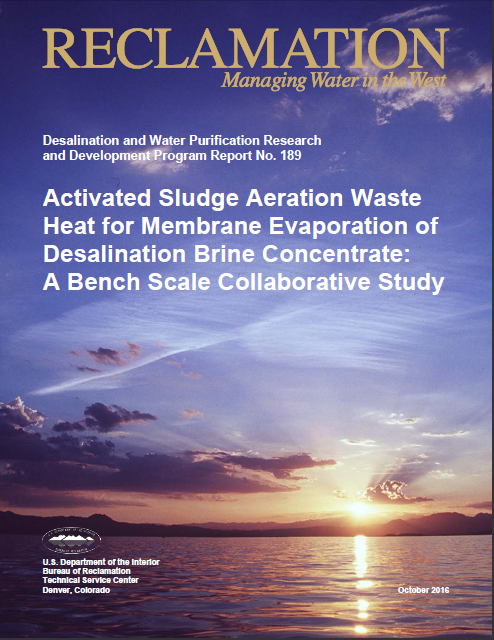
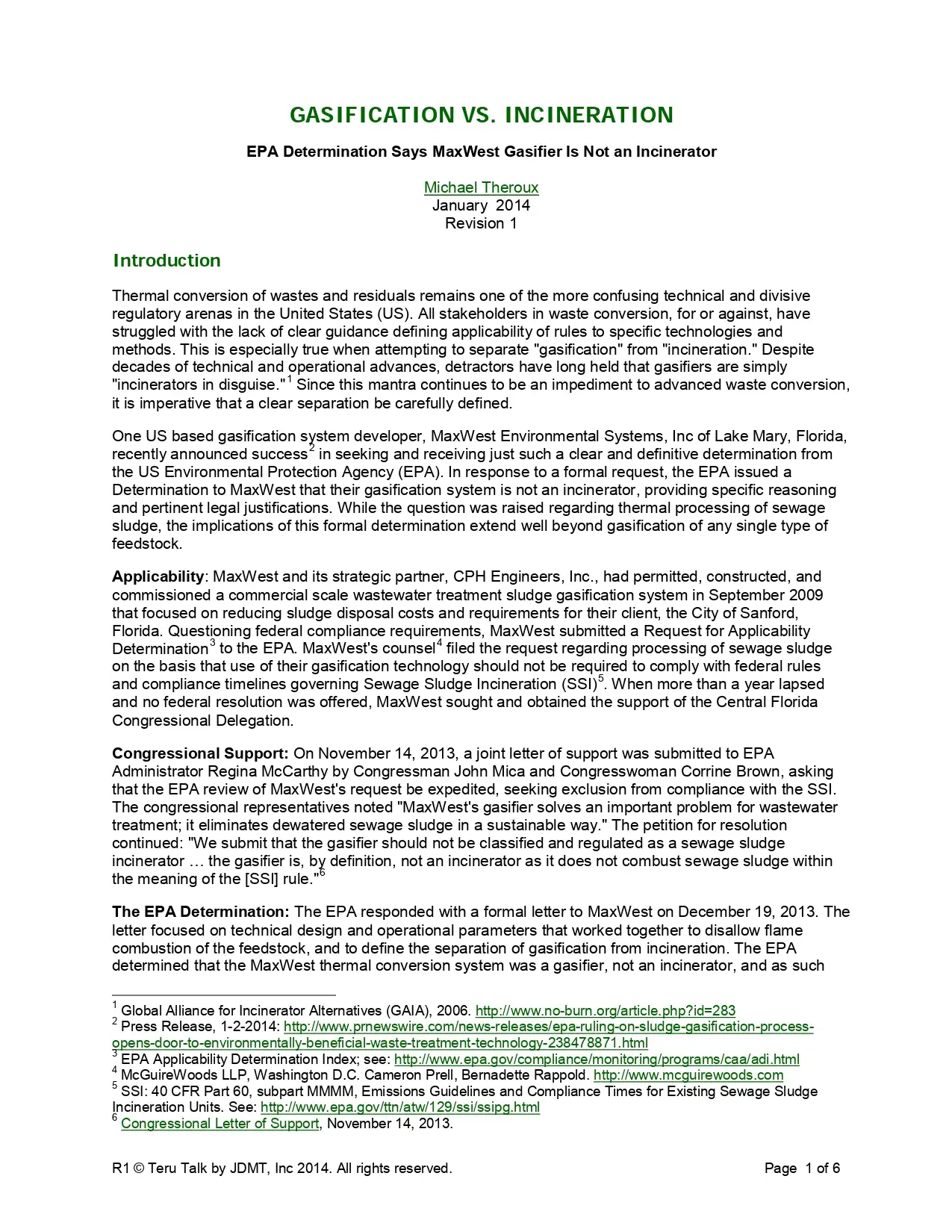

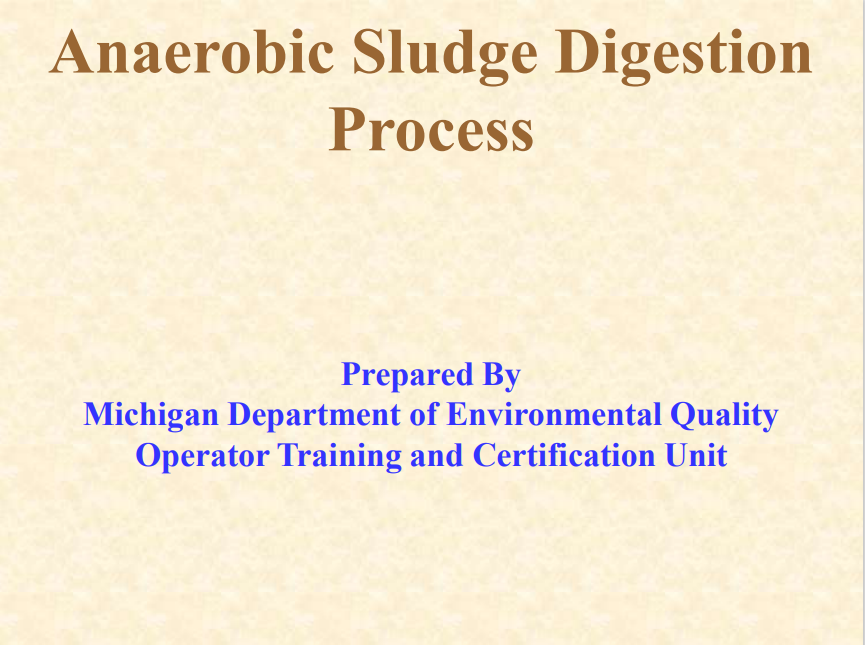


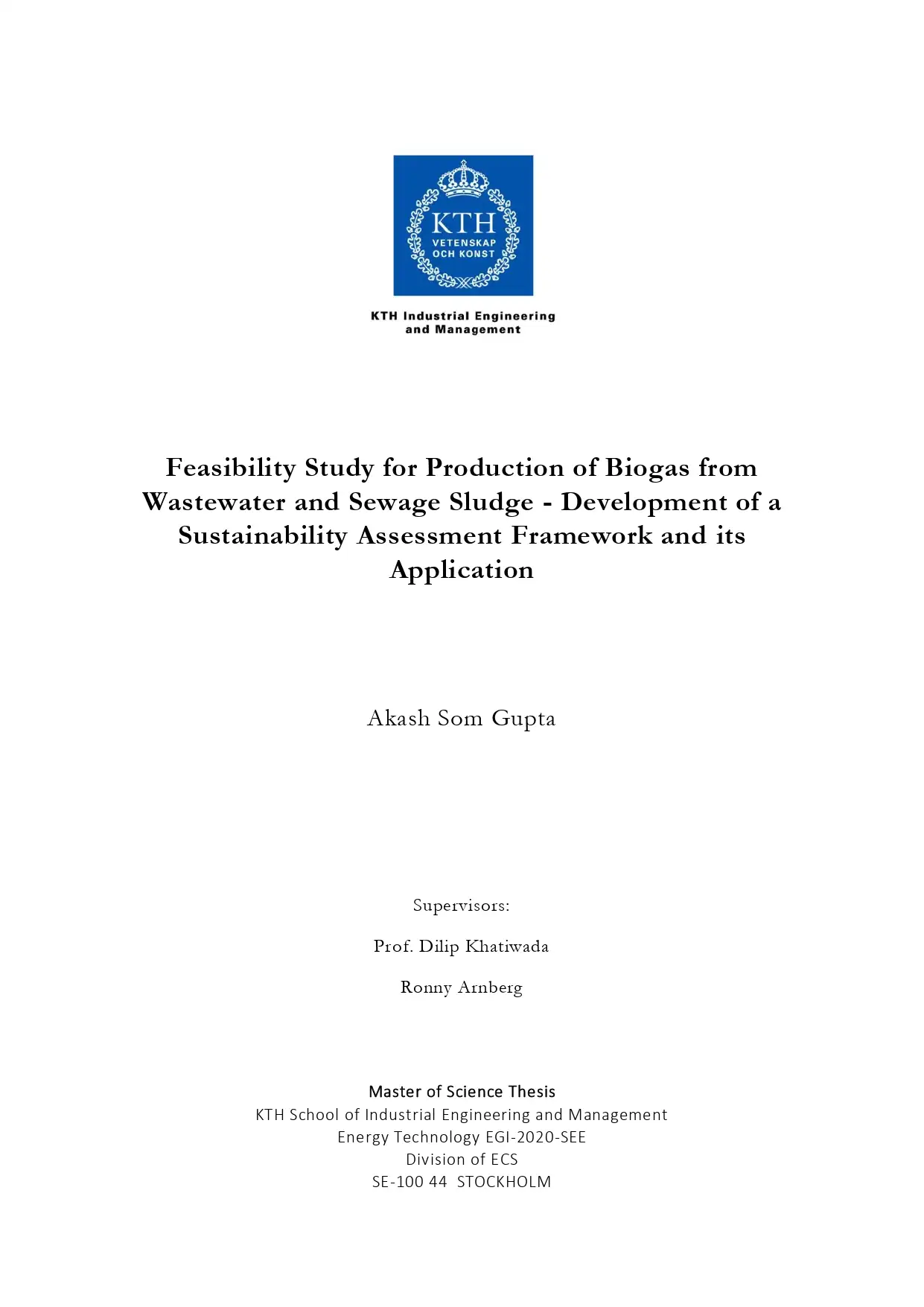

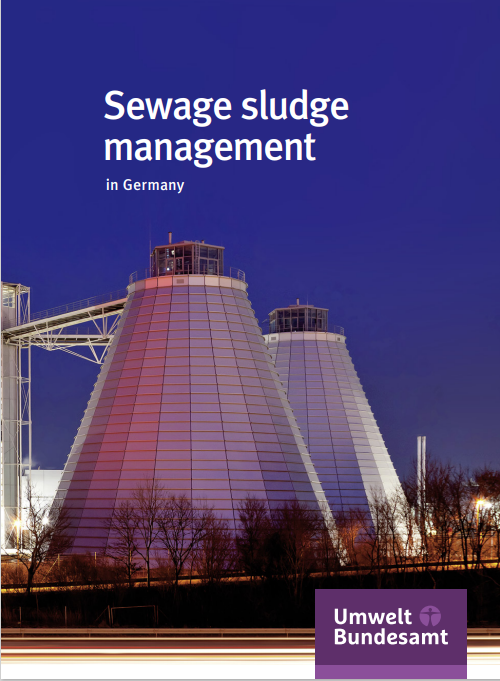


Reviews
There are no reviews yet.